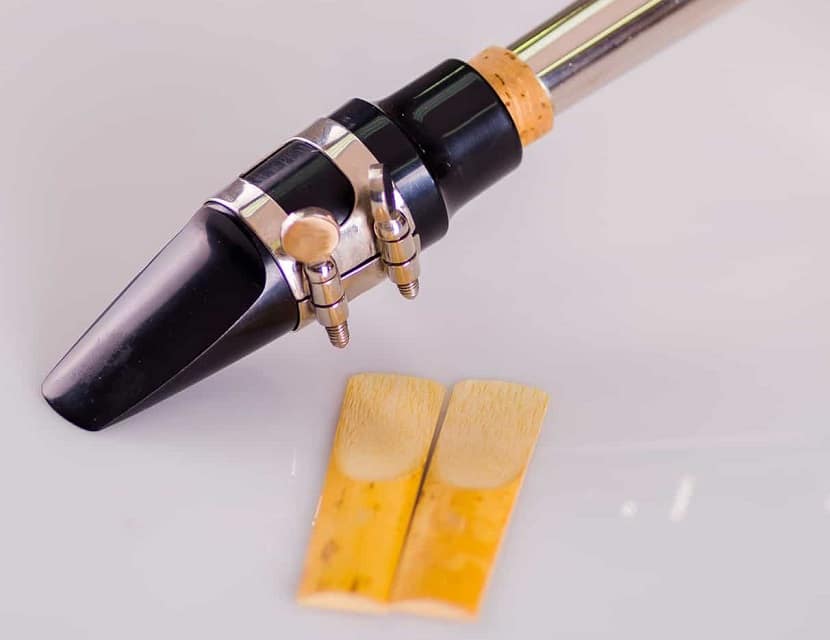Pro alto saxophone – when to upgrade?
 The time to upgrade is up to you. Once you have surpassed the beginner level and you want a challenge, it can be time to change your saxophone and practice harder. Professional models should only be purchased if you wish to pursue your instrument further or professionally.
The time to upgrade is up to you. Once you have surpassed the beginner level and you want a challenge, it can be time to change your saxophone and practice harder. Professional models should only be purchased if you wish to pursue your instrument further or professionally.
A professional saxophone is a huge investment which should be taken seriously. If you’re only a hobbyist who enjoys playing music, then a professional model may not be for you.
Choose the perfect professional alto sax by the following features
There are numerous features to consider when diving into the professional world of music. No matter the model number or material, all saxophones hold their own sound, which can alter with the slightest change in diameter or polishing of material.
Material and finish – go with the best
Material and finish aren’t just for aesthetics, they help amplify the sound, giving each saxophone its own unique tone. Rounded fuller tones come from saxophones that have matte finishes or black lacquer ones. If this isn’t your preferred sound, then silver plated saxophones have a purer and better centered tone. They also have an enhanced volume.
Bell and body construction
The bell is where the bell emanates from. The thicker the bell becomes, the stronger the sound will come out since it bounces off the bell’s sides before coming out. The sound will also be thicker and stiff thanks to the thick sides.
If the bell has a thin construction, then the sound will be lighter and smoother. Depending on the kind of sound you want, the bell will differ.
The body is where the keys are placed and the sound flows through. Quite like the bell, when the thickness alters as well as the diameter, the sound gets stiff or flows smoother.
Pitch and sound
The pitch and sound of the saxophone will change from one piece to the other. When you go to sample your saxophone, you want to keep your ears out for the right sound.
Sound will differentiate based on the material, bell, and pipes of the saxophone. Once you have tested and tuned your saxophone, you must test how rich, soft, profound, or pure of a tone it creates. It should be able to handle all notes fluently, otherwise there is an issue with the pitch and it’s in need of a re-tuning. Or it’s not the right saxophone for you.
Reeds and mouthpiece
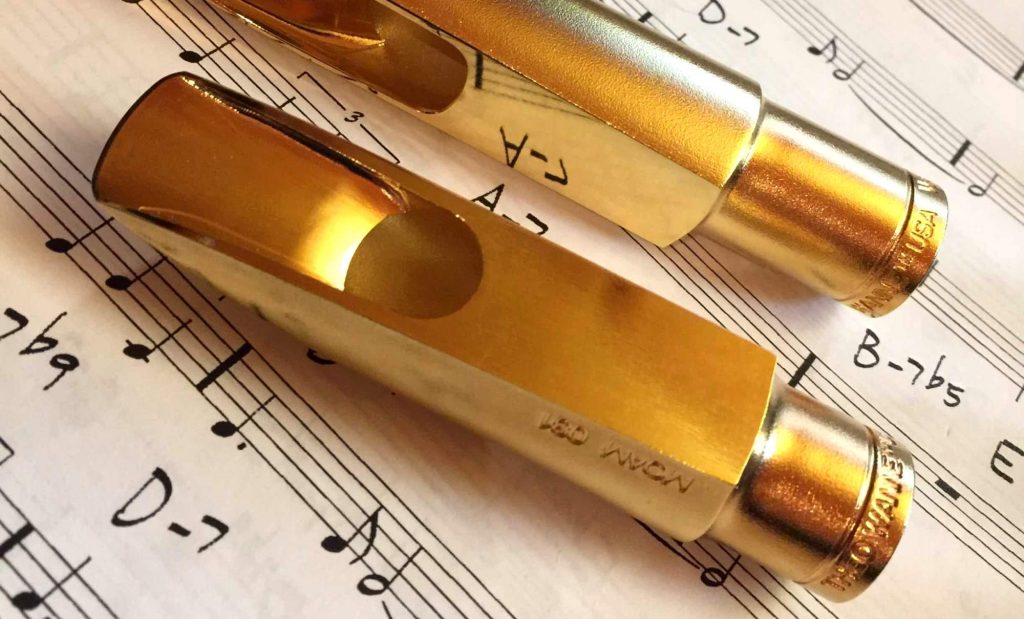 The most important part of the saxophone, besides the bell, is the mouthpiece. This is where your mouth will rest, and it’s essential that you keep this part of the instrument clean at all times, otherwise it could clog with spit and ruin the interior of the saxophone. Your lips should comfortably sit on the mouthpiece.
The most important part of the saxophone, besides the bell, is the mouthpiece. This is where your mouth will rest, and it’s essential that you keep this part of the instrument clean at all times, otherwise it could clog with spit and ruin the interior of the saxophone. Your lips should comfortably sit on the mouthpiece.
The reed of your saxophone is also another piece that goes into your mouth. This touches your lower lip and the vibration of the reed is what makes the sound in your saxophone. It is important that this part is sharp, clean, and tightly fastened while playing.
Grip
Your grip on the saxophone should be balanced enough to hold the saxophone properly, as well as reach all the designated keys. With 25 keys, this can get tricky, but there are specific places to place your fingers.
On a professional model, moving your finger over the keys should be second nature and therefore not a problem. Your thumb rest should be easy to use and within reach, otherwise your balance could be ruined. Replacement thumb rests aren’t hard to come by, and having a second with you never hurts in case your first one gets dirty or falls off.
Weight
The weight of your saxophone can change your entire experience with it. You don’t want a saxophone too heavy for you to carry, nor do you want one that shifts in your grasp. This can make playing your saxophone frustrating and might even discourage you to play. An evenly weighted saxophone that you can easily handle will make your experience more delightful and your music will come out better as well.
Accessories galore
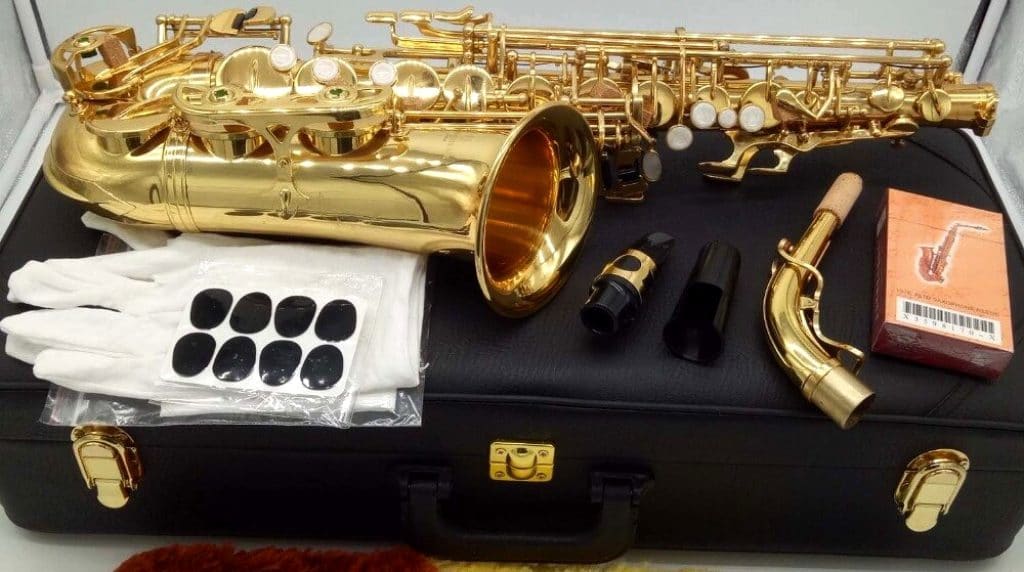
There are many accessories that you can get for your saxophone to make life easier;
- You can purchase a tripod to stand your saxophone on top of when it’s temporarily not in use.
- Teeth guards will help protect your teeth while you play. There can be an injury if your saxophone mouthpiece slips while you are playing.
- A reed cutter can help you cut the reed’s end if it becomes too weak.
- You can purchase your saxophone by encasing it in a foam. This foam encasing prevents any sound from coming out of your saxophone when not in use.
- A necklace or cord helps when you need to carry your saxophone around the place.
- Of course, there is the case. The case might be the most important accessory you could invest in. If you need to carry your saxophone around, why risk breaking it when you could tuck it safely in a padded casing?
Consider the brand
The brand is a very important factor to consider. Better known and trusted brands put more effort into their instruments which means an easier experience for the user.
Listed below are a few brands that you can consider when buying a professional alto saxophone.
YAMAHA – Yamaha is a very trusted and widely used brand for instruments. Yamaha’s success came from their customized instrument models, providing users with more versatility and options in their saxophones. The Yamaha YAS-62 is an affordable option that can fit into the tightest of budgets.
SELMER – Selmer is high-priced when it comes to their saxophones. Their consistency in models isn’t efficient, but their latest editions are better in quality than their older models. We have two Selmer models featured here, with the Paris 52JU being the ideal upgrade instrument and the SAS280 La Voix II offering a suitable instrument for any professional playing style.
JUPITER – Jupiter has a wide range of models that are made of high-quality materials and all well-tested before shipment. The Jupiter JAS1100 model is a great instrument for intermediate players who want to become professionals without investing in a new instrument afterwards.
Warranty
Naturally, you’ll want a warranty for your saxophone. These investments are for life, if you plan on playing your saxophone professionally. Warranties can come for one year to five years. You’ll want to ensure that your warranty covers all parts of the saxophone.
It’s better if they involve replacement parts in the warranty since most professional saxophones are custom, and coming across their replacement parts is almost impossible.






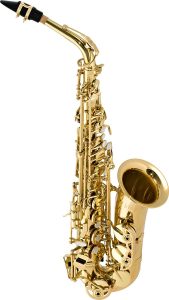
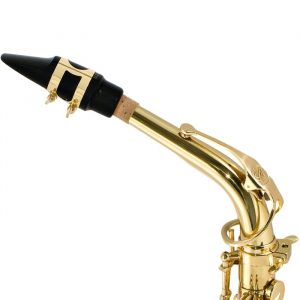
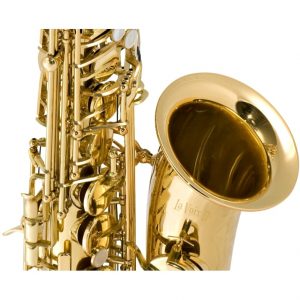





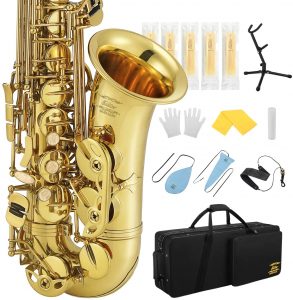
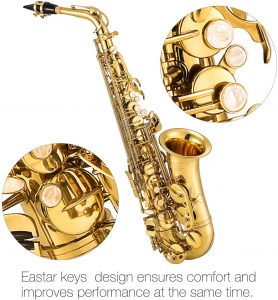

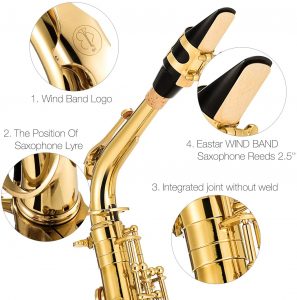


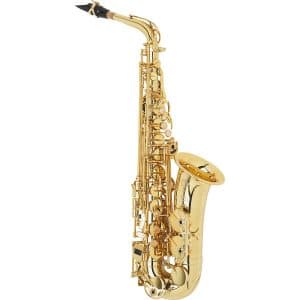
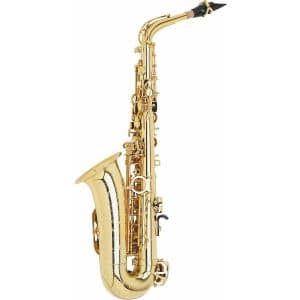



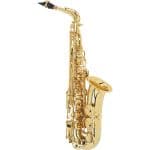
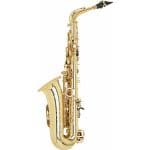


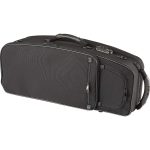
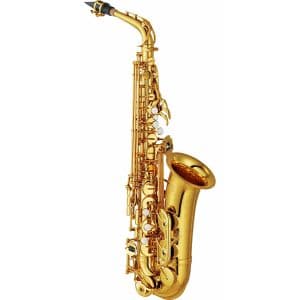
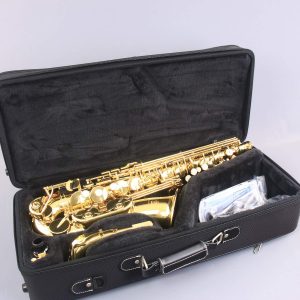


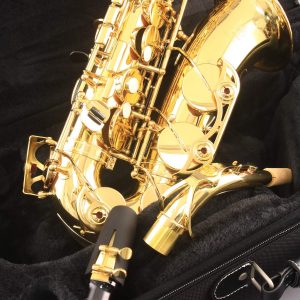

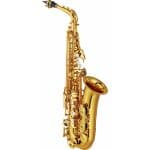





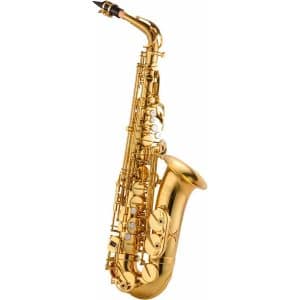



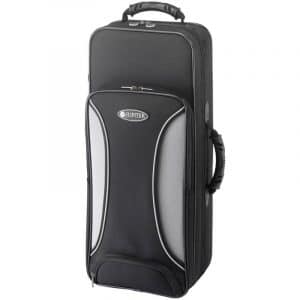
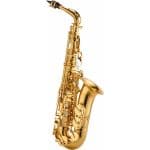




 The time to upgrade is up to you. Once you have surpassed the beginner level and you want a challenge, it can be time to change your saxophone and practice harder. Professional models should only be purchased if you wish to pursue your instrument further or professionally.
The time to upgrade is up to you. Once you have surpassed the beginner level and you want a challenge, it can be time to change your saxophone and practice harder. Professional models should only be purchased if you wish to pursue your instrument further or professionally. The most important part of the saxophone, besides the bell, is the
The most important part of the saxophone, besides the bell, is the 






